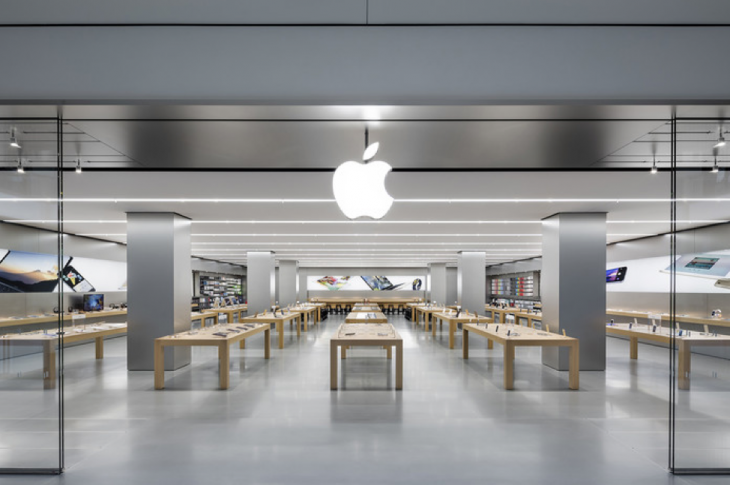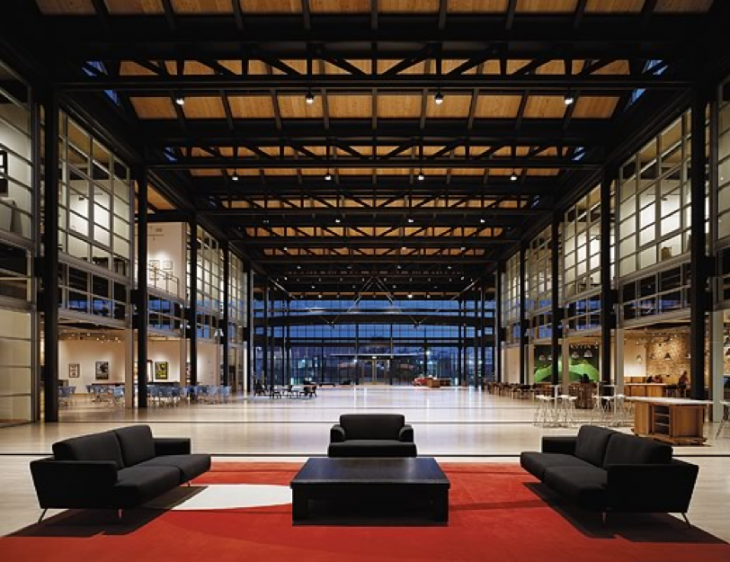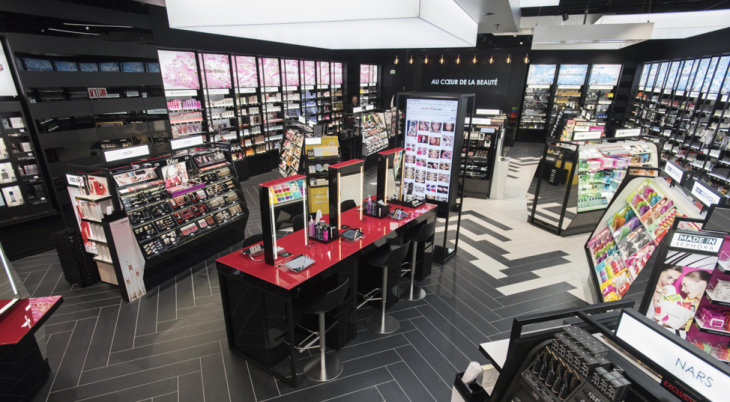How to create authentic spaces that engage

In 2001, Steve Jobs introduced the first Apple Store. He emphasized that the stores were meant to be much more than a shopping destination. They would become a playground to familiarize customers with computers, the Internet, and Apple’s products.
This was an entirely new way of thinking about retail space, and Bloomberg reported, “I give them two years before they’re turning out the lights on a very painful and expensive mistake.”
We all know the end to that story. Apple’s environmental design was centered entirely around the consumer, where service, learning, and products were combined in a fun and engaging way. The architecture and design contributed to Apple’s cult brand following and secured Apple’s position as the market leader in consumer technology. Less than 10 years later, Bloomberg wrote, “A Mercedes per square foot. Probably the highest grossing retail store in history.”
Space should be more than just space. Space can become integrated, branded environments that deliver remarkable experiences for our clients’ customers, and grow their business.
But how do you do this? How do we get to the core of what a brand is, and incorporate that into the physical, environmental design? Brand can seem so squishy and subjective, so how can we do this consistently, accurately, and objectively?
Articulating a Brand with Three Powerful Questions
I lead a branding agency, and our approach is centered around asking three powerful questions: Who are you? What do you do? Why does it matter? The answers to these questions become the backbone of a brand. They can be used to make objective decisions, whether we are working with the client on brand marketing, or collaborating with the client’s architectural partner in the design of a space.
1) Who are you?
You’ll need to define your core values. This will require some soul searching. You and your customers know you best. Look to the past for themes — what has remained consistent throughout the years? Talk to your customers — they have priceless insight to offer. By listening carefully, you’ll find out if the value they actually get from your product aligns with what you think they get from your product. With all of this in mind, you’ll be able to better define and clarify your goals.
In Airbnb’s case, they have always offered travelers more than just a place to stay. Their local, neighborhood spaces deliver a cool, authentic experience that hotels can’t provide. Through Airbnb’s unique neighborhood spaces, travelers can feel like they can really fit in and belong to the place they’re visiting. This has always been part of Airbnb’s unique value, and it makes them special. When they assessed their brand, they looked at the past for these common themes, which they were already delivering–through their spaces. Their spaces delivered their brand experience and upheld their updated brand promise, “Belong anywhere.”

2) What do you do?
Part of this is straightforward, but identifying what you do and what you do truly well enables you to find focus. What do you do? What are your offerings? What are your strengths and weaknesses, and how do these align with your values? Where can you find focus? It’s often tempting to expand your offerings and to try to do and be everything, but focusing will more effectively reach a devoted set of customers, who will happily refer your products.
Pixar is a good example of this. They focus on telling compelling stories with cutting-edge animation technology. Because this is their central focus, coming up with creative ideas is central to their success. These ideas do not form in a silo, but from interaction between departments–computer scientists talking to animators, editors discussing with executives. This focus gave clarity to the redesign of their office. Instead of having siloed teams in different buildings, the physical space housed the entire Pixar team in one space, centered around “promoting encounters and unplanned collaborations,” and a “magic that’s sparked by serendipity.”

3) Why does it matter?
Why do you exist and what makes you special? What is unique to your company? In other words…Why should I care? Does your brand fulfill an innate human need? Do you sell vitamins, or do you sell health and longevity? Are you a purpose or mission-driven organization? The answers to these questions provide additional depth to communicate your brand. With a clear purpose, you’ll attract new groups of customers.
For example, Sephora does not just sell makeup. Sephora connects with its customers by turning makeup into play. The design of Sephora’s retail spaces reflect this value of fun. The spaces are centered around having fun by trying out as many products as you like. By aligning their space with their values, Sephora draws an avid following and inspires devoted customers who feel a deep connection beyond the product. By physically creating their “why does it matter” through their space, Sephora has grown and maintained their success, despite the general “retail apocalypse.”

What happens when you successfully communicate a brand through their space?
Simply put, it delivers remarkable experiences and grows the business. Marketing becomes easier, and it gives people a reason to naturally gravitate towards the brand. This gives your clients the confidence in your practice, because you are invaluable to their success. It gives them the time to focus on what they do best, leading to purposeful growth.



Very lovely post well defined and on a very relevant topic. I believe this will definitely be helpful.